Every February, grocery stores are stocked with every shade of pink and red as love fills the air. Much like any other American holiday, consumers’ pockets are targeted, and each year, people spend more and more money to go all out for their special someone. Last year, Valentine’s Day spending hit a record high at $14.2 billion dollars.
From the first heart-shaped chocolate box in the 1860s, consumers continue to find new ways to spoil their Valentine. However, these methods hurt more than just their pockets. While Valentine’s Day is supposed to celebrate people’s love for one another, the Earth certainly doesn’t feel the same appreciation. In the United States, 36 million heart-shaped boxes, 180 million cards, 198 million roses, 881 thousand bottles of sparkling wine and 58 million pounds of chocolate are purchased, resulting in carbon emissions equivalent to driving around the world 3,993 times— according to Waste 360.
If the carbon emissions haven’t caused people to rethink the way that they celebrate, maybe the waste statistics will help change their minds. The gifts you give on Valentine’s Day will not be forgotten, at least not by the planet. Some of our favorite plastic gifts take hundreds of years to fully decompose. Balloons, straws and plastic bags take 500 years to decompose, single-use plastic coffee cups take anywhere from 450-500 years. Glitter and other such decorations remain for hundreds of years as well.

Now, these statistics aren’t meant to discourage people from celebrating at all, just to rethink how they do so. So, how might they ask? Well, there are plenty of alternatives.
While store-bought cards may seem like the easy route, homemade cards are just as appreciated. You don’t need to be artistic for this. Oftentimes the effort of making a card and writing a heartfelt message is more reflective of the love you have for your partner than the card itself.
We all know candy is one of the staples of Valentine’s Day, but why not make a homemade sweet treat instead? Whether making to surprise a loved one or to use the baking process as a bonding experience, effort yet again reigns supreme.
Or if neither of these things sound particularly appealing, give the gift of an experience instead. Spend time outside together, go to a park, have a picnic if the weather permits or stay inside and treat your partner to a homemade candlelit dinner. If cooking isn’t one’s specialty, then stay in for a movie night or treat each other to a spa day.
While we all love celebrating love, loving the planet is just as important. Whether its changing the way gifts are given, or changing the focus of Valentine’s Day plans entirely, the planet will be thankful for the contributions that lower the staggering amount of harm caused each Feb.14.




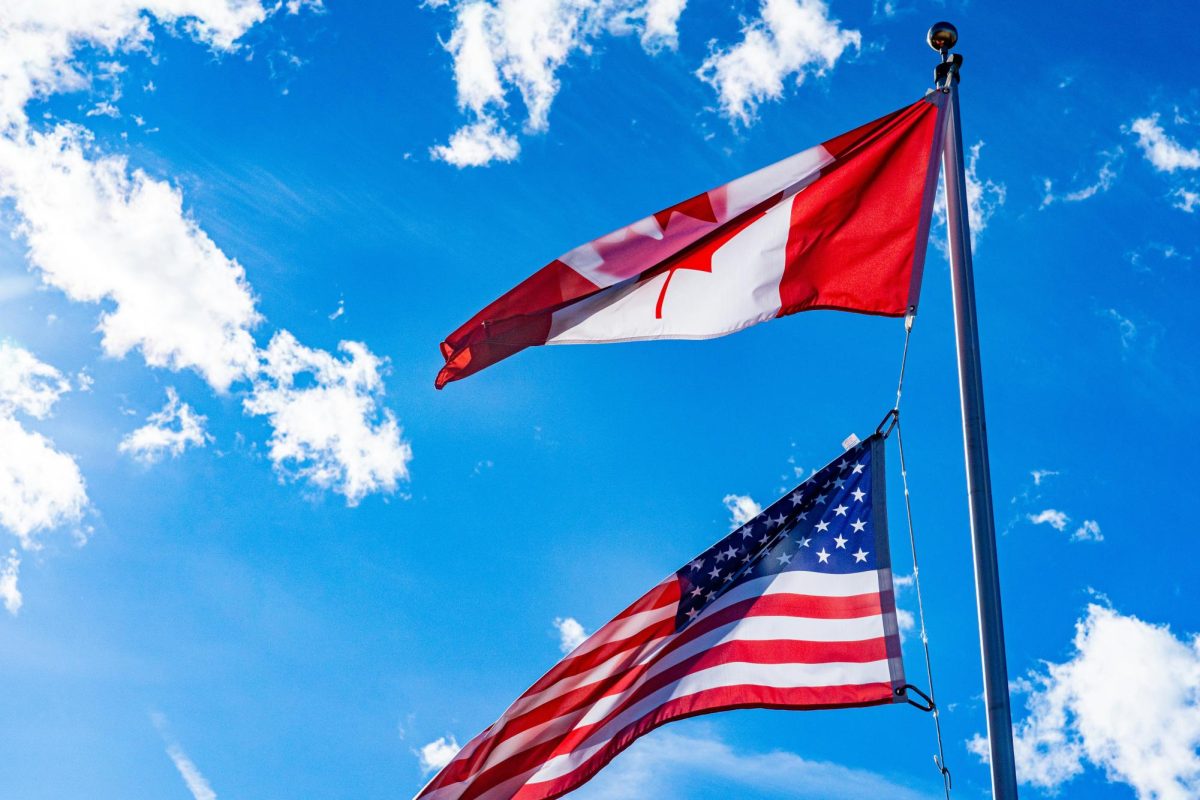



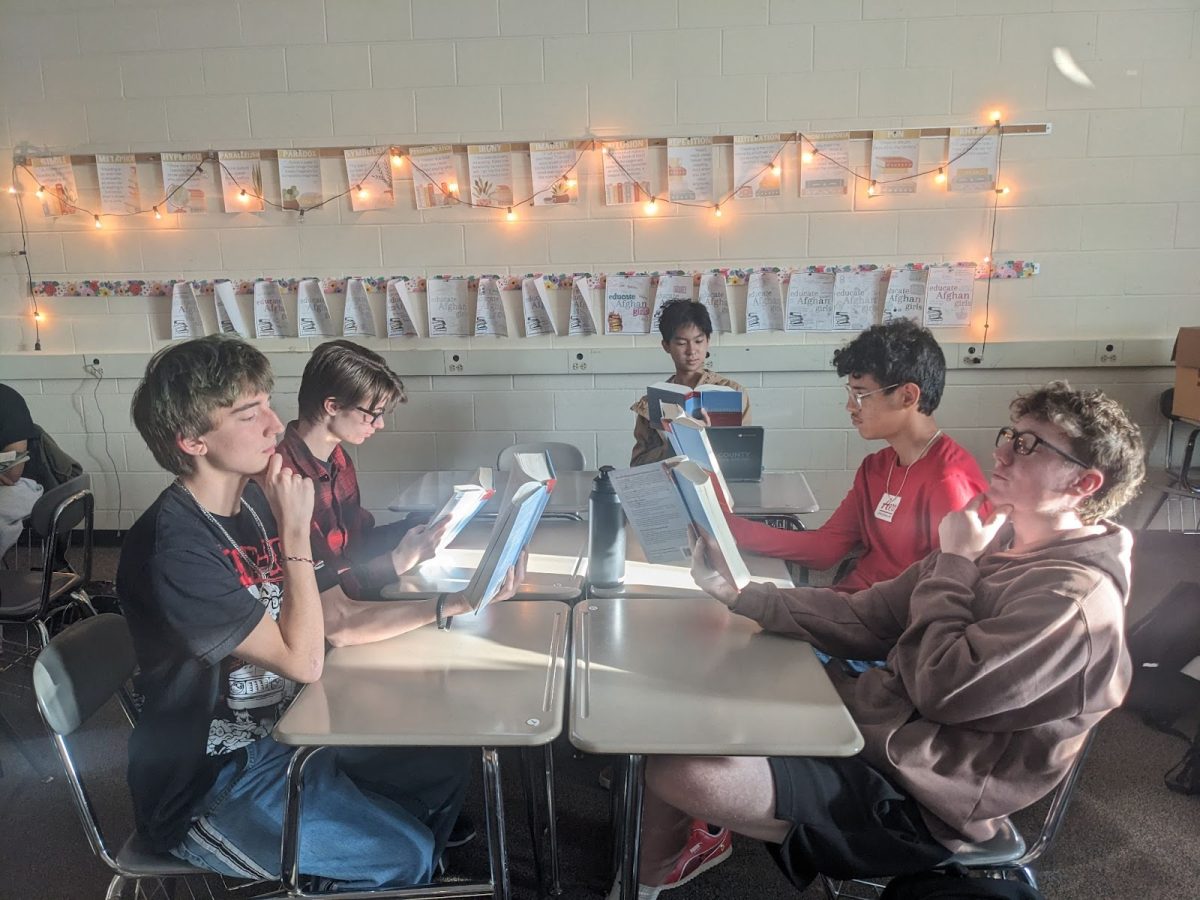








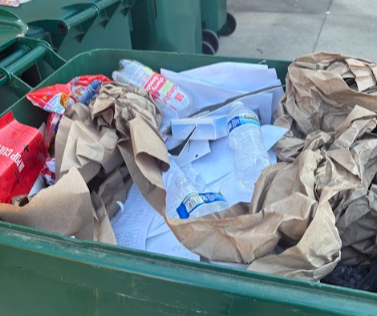











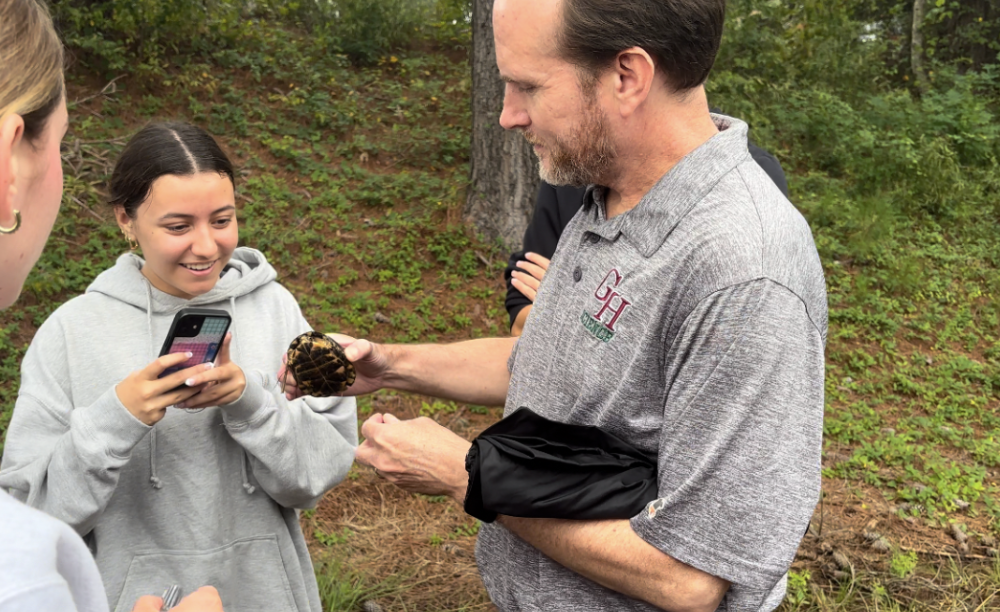






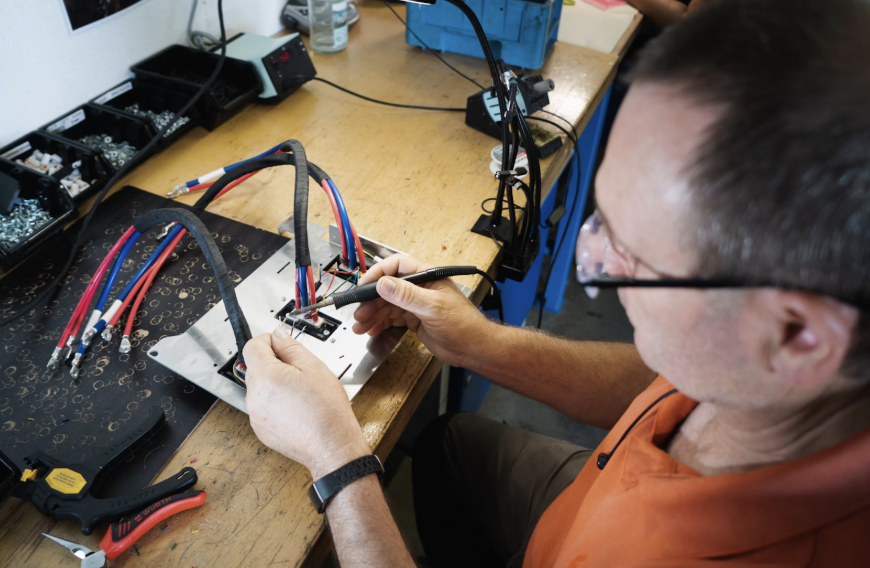















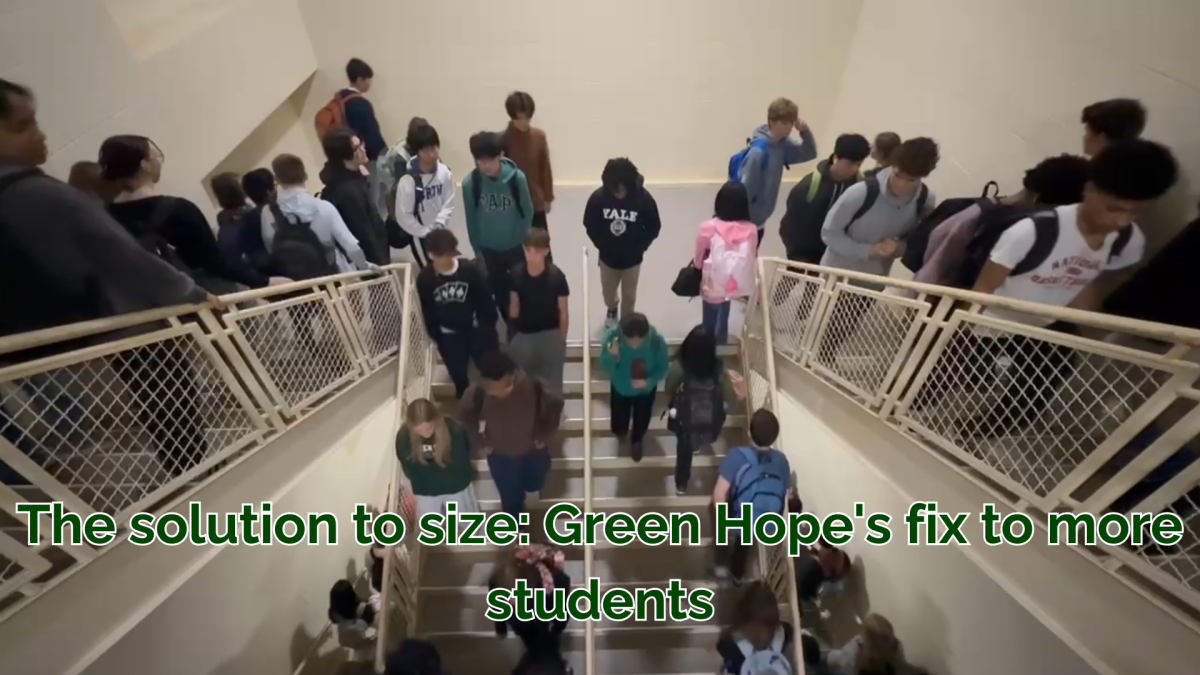

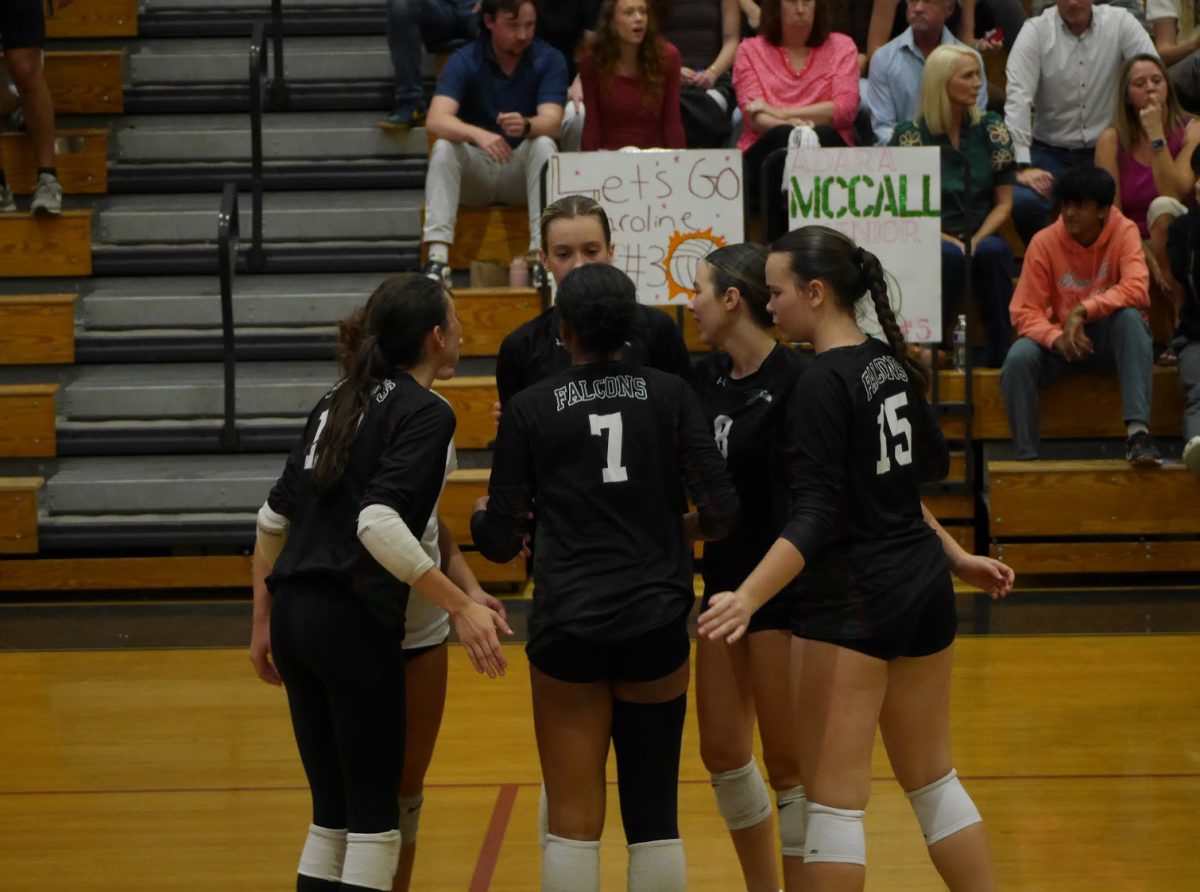




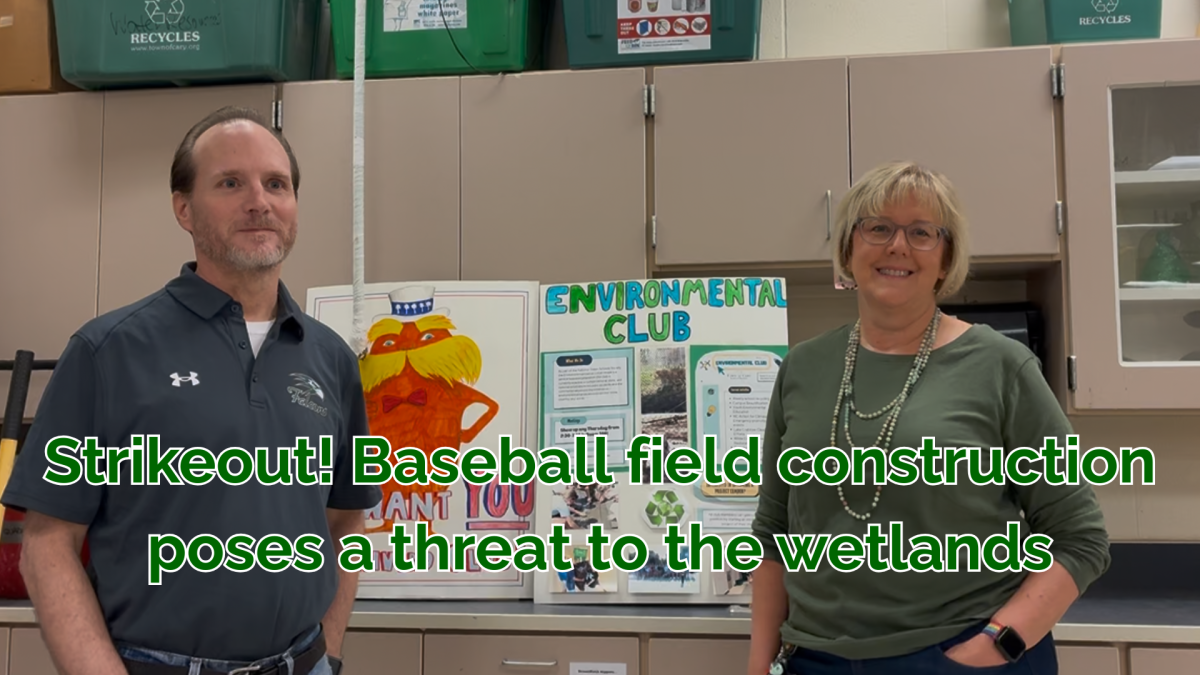





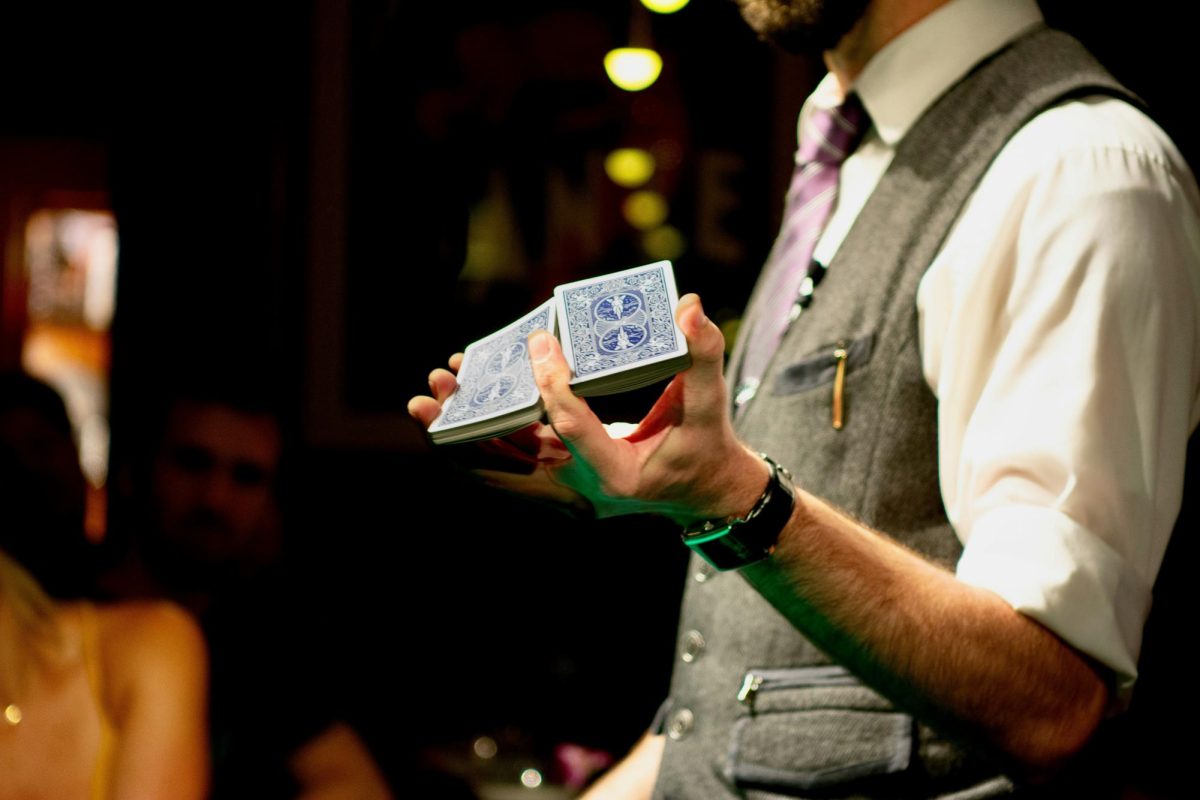









the Lorax • Feb 10, 2025 at 7:18 pm
Sure sounds like a 5 on the AP Exam to me!